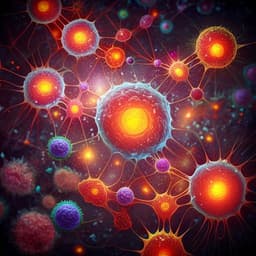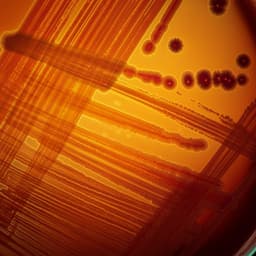
Biology
Image-guided MALDI mass spectrometry for high-throughput single-organelle characterization
D. C. Castro, Y. R. Xie, et al.
Discover groundbreaking protocols for image-guided, high-throughput mass spectrometry that intricately profile chemical variations in dense-core and lucent vesicles. This innovative research, conducted by Daniel C. Castro, Yuxuan Richard Xie, Stanislav S. Rubakhin, Elena V. Romanova, and Jonathan V. Sweedler, uncovers unique subtypes of vesicles and paves the way for deeper understanding of their roles in cell biology.
Playback language: English
Related Publications
Explore these studies to deepen your understanding of the subject.







